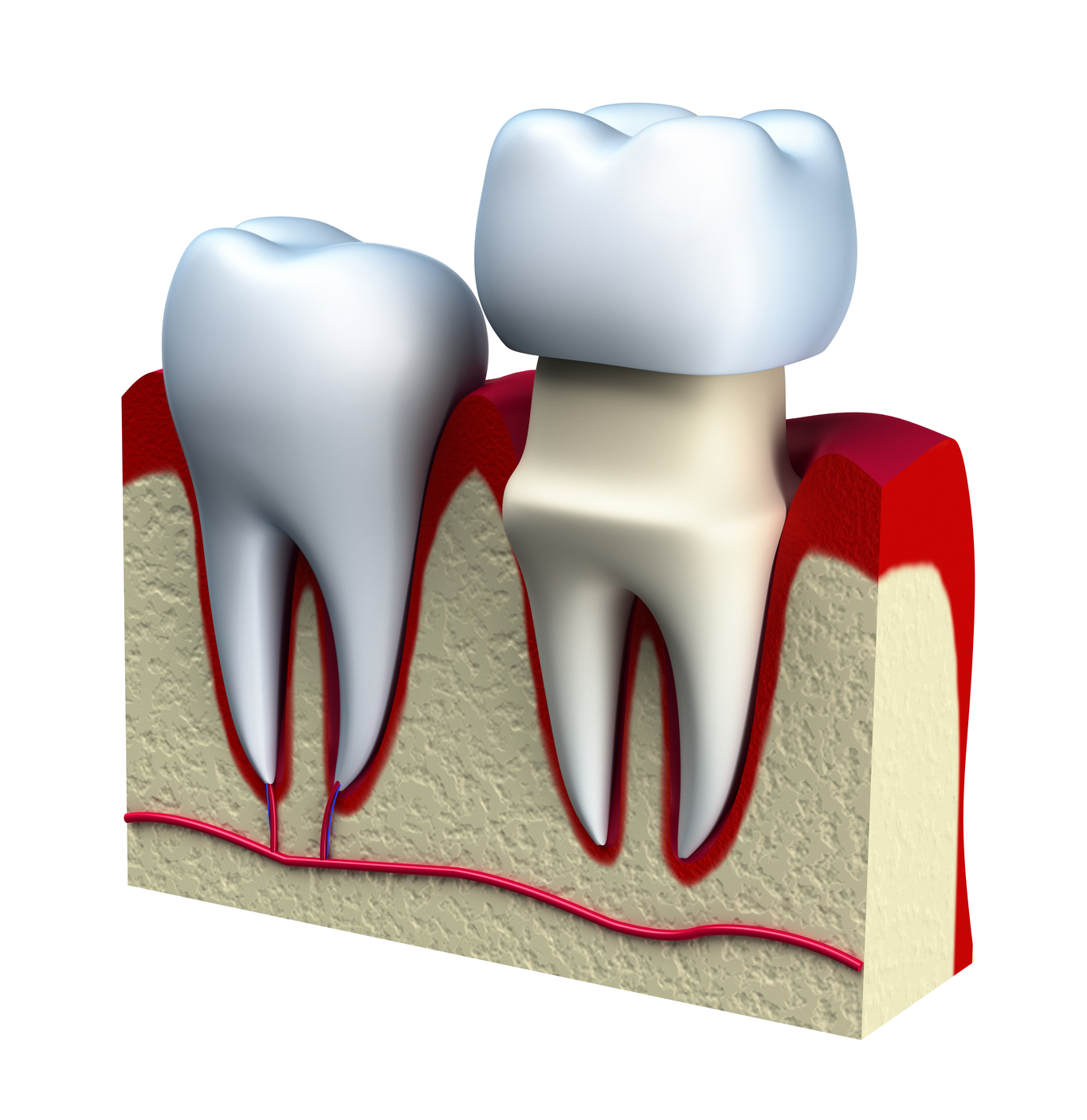

Though they are still used, they are no longer as common as they often leave a characteristic gray line at the gums where the metal layer underneath peeks through. These were used before dentists were able to offer all-porcelain crowns to patients. You can think of these like a metal crown with a thin porcelain shell. PFMīetween metal crowns and all-porcelain crowns is PFM or porcelain-fused-to-metal crowns.

The porcelain material’s natural opacity and translucent sheen looks just like natural tooth enamel, which is why this material is favored for restorative and cosmetic dentistry crowns, veneers, and bridges. Porcelain dental crowns are even more realistic and detailed than ceramic crowns.

The difference is the quality and translucency of the porcelain ceramic. After all, porcelain is a type of ceramic. Porcelain dental crowns are also tooth-colored, and at a first glance may look deceptively similar to ceramic crowns. Porcelain crowns are equally as popular as ceramic, and our favorite option for picture-perfect dental crowns. They are very durable, long-lasting, and allow for a very precise color match to your smile. Sometimes ceramic crowns are lab-made, meaning they are created by a dental lab, but thanks to CEREC technology, same day ceramic crowns are available at many dental offices-including Staley Dental!Ĭeramic crowns are affordable, but by no means “cheap” in quality. CeramicĬeramic crowns are very popular! They are the classic tooth-colored crown option and are readily available in most dental practices. A stainless steel crown may be used on a child’s baby molars to protect the tooth until it naturally falls out. The more common use for metal dental crowns is in pediatric dentistry. If a patient specifically requests a metal dental crown, such as gold or silver, most dentists will be able to comply. However, sometimes a metal dental crown may still be used. Thankfully we’ve come a long way since then as most patients would rather have a realistic, tooth-colored crown. In decades past, metal crowns were the only option. These are the 5 most commonly used dental crown materials. By having access to a variety of options, dentists are able to select the ideal material for each client based on their needs as well as their budget. The material of a dental crown affects its appearance and longevity. What materials can a dental crown be made from? If a tooth needs a root canal to put an end to a toothache, a dental crown will be placed afterward to protect the now hollow natural tooth.ĭental crowns can also be a cosmetic dental enhancement to cover a chipped or discolored tooth.If a tooth has lost structural stability from tooth decay or damage, but can still be saved, a dental crown will be used to add back strength and beauty.The crown sits directly over the natural tooth and becomes the new “tooth” that you see when you smile.ĭentists often recommend a dental crown for two reasons: What is a dental crown and how does it work?ĭental crowns are a form of restorative dentistry that covers a tooth with a protective barrier. Your dentist will discuss crown material types with you before your procedure, so here’s what you should know about dental crowns, the materials they can be made of, and which one is right for your smile. If you haven’t had a crown before, you might be surprised to find that there are a number of different types available. They are versatile, beautiful, and do a fantastic job of preserving oral health by protecting teeth. Why are there different types of dental crown materials?ĭental crowns are a very popular and commonly performed dentistry restoration.


 0 kommentar(er)
0 kommentar(er)
